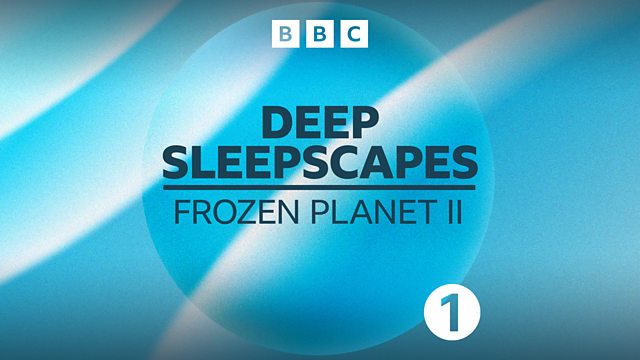Frozen Planet II: Frozen South Soundscape
An immersive audio experience from Frozen Planet II. Tune into the sounds of Antarctica...
An immersive audio experience from Frozen Planet II. Tune into the sounds of planet earth...
The continent of Antarctica lies at the southern end of the globe.
Twice the size of Australia, it’s the largest, coldest expanse of land on the planet.
To the north of it, however, across a thousand miles of ocean, lie the sub-Antarctic islands, where conditions are somewhat less hostile to life.
The largest of them is South Georgia
Here, a million king penguins live and breed the year-round.
At ten months old, chicks are the size of a human toddler and covered in no more than a downy fleece.
Until they get their waterproof feathers, they themselves cannot go to sea, so they have to rely totally on their parents to bring them food.
Hundreds of parents make the commute to the sea together….
It is surely one of the greatest challenges faced by any parent.
Fifteen hundred miles off the continent’s east coast lies another of the tiny outposts that are vital for the survival of Antarctic wildlife…the sub-Antarctic islands of the Antipodes.
In spring, the longer days turn each tiny speck of land into a potential breeding ground….for the Antipodean Wandering Albatross.
Its wings are three metres across, among the biggest of any bird.
They pair for life and this fourteen-year-old male is now mature enough to start selecting a partner.
The Southern Ocean may appear treacherous. Its gale force winds certainly create powerful currents….but all this stirring has an important effect.
It brings up nutrients from the depths helping to create some of the richest seas on Earth, and this provides food for the largest animal to have ever lived - the Antarctic blue whale.
Its heart is the size of a small car… and it’s more than thirty metres long.
This ocean giant was almost hunted to extinction, but thanks to an international ban on commercial whaling adopted forty years ago, its numbers are now finally increasing.
The closer the seas are to mainland Antarctica, the colder they become, until a few hundred miles offshore, the ocean’s surface freezes solid.
It forms a cover of sea ice that is twice the size of Europe and encircles the entire continent - a stronghold for one of Antarctica’s most remarkable inhabitants.
The Weddell seal…the most southerly breeding mammal on the planet.
This is the coldest water on Earth…. below minus two degrees Celsius.
As spring arrives, the sea-ice retreats - and in a few places, Antarctica’s coast is exposed to the open sea…and that attracts all kinds of animals.
Chinstrap penguins, having spent the winter at sea, can now come ashore to breed. Soon the coast becomes extremely crowded.
Beyond Antarctica’s rich coastal fringes lies a vast frozen interior…
This is certainly one of the most inhospitable places for life on Earth.
Almost four thousand metres high, Mount Erebus is one of just seven volcanoes on Earth with a permanent lava lake.
Isolated outcrops of rock offer sanctuaries for one of the few animals willing to brave temperatures of minus 30 degrees Celsius…the snow petrel.
They fly a hundred miles inland in order to breed away from predators.
Last on
More episodes
Broadcast
- Mon 10 Oct 2022 01:30�鶹������ҳ��� Radio 1 Relax

